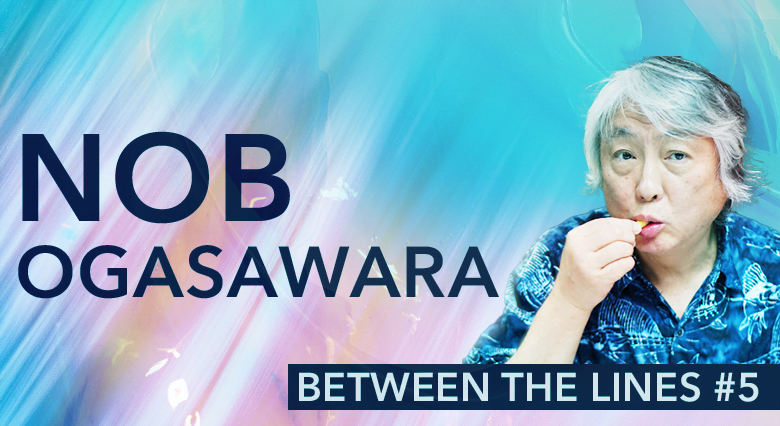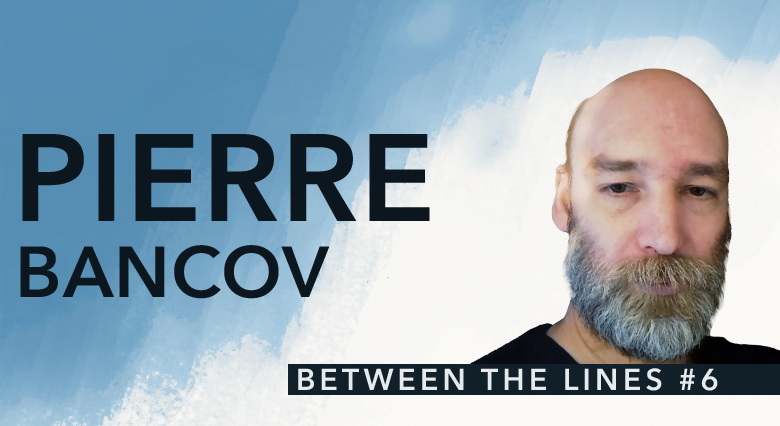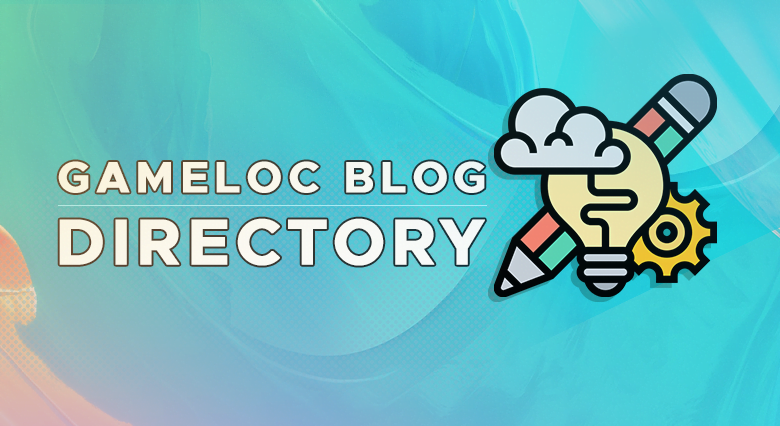The fifth edition of Between The Lines introduces one of the OGs of game localization, Japanese-to-English translator extraordinaire Nob Ogasawara.
Hello Nob! Can you please introduce yourself?
I was born in Japan to a clan of nobles in the early ‘60s. By then, that sort of archaic silliness had been rightly cast aside, so my father was able to emigrate to Canada with no strings attached in ‘68.
I got my education in Canada’s public education system capped with a 4-year university degree in economics and business.
Because of my upbringing, I already had foundations in Japanese. But I can thank manga exclusively for teaching me the language. Thanks to ruby text (phonetics that accompany kanji symbols), I learned how to read most anything, and the illustrations gave me context for comprehension.
I never had to go to JP school. Which left me completely unable to handwrite the language. (I figure it doesn’t really matter since I can wordprocess JP correctly.)
I left Canada in ’85 after finishing my half-assed degree and went to Japan with some vague notion of maybe finding a teaching job and seeing a bit more of the world. True to form, I answered a want ad in a Monday edition of Japan Times, but for a translation agency. They hired me on the spot even though I had no prior relevant experience. They turned out to be hilariously terrible with a revolving door of staff—I became the old hand in a year. I eventually bailed and never looked back.
What brought you to the games industry?
I needed some means of generating legit expenses to reduce my taxable income. A translator’s much like a writer—we got pretty much squat to write off. What, paper, pens, maybe some books, a PC, printer, scanner, office furniture, and as many meals we could justify as meetings?
So, I contacted game magazines in the UK and USA and offered myself up as a local correspondent. Since there weren’t very many of us then, I quickly landed a pretty decent gig with EGM and, when things soured with them, Game Pro.
I did a couple games for free in return for press access: NES Sun Man for Sunsoft and some SNES Final Fight clone for Jaleco.
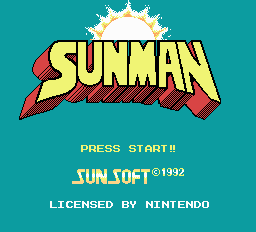

With Game Pro’s head honcho Wes Nihei, I attended a Nintendo Space World in ’95 when N64 was unveiled. I spotted NOA Exec. VP Peter Main on the floor, ran up and conducted an impromptu interview where he turned tables on me and quizzed me about their Donkey Kong marketing.
Since I was heading back to Canada with my new family in tow next spring, that would’ve been it. …But by a stroke of incredible luck, my boss happened to sit next to Mr. Main on the bus out to the airport, they chatted, Mr. Main mentioned me, asked if NOA could poach me, and Wes, bless his soul, gave his blessings.
My first project with NOA turned out to be Terranigma. I was on my way!
Among the titles you worked on, which are you most proud of, and why?
There’s been a lot. I was mostly solo on my 50+ projects, like Pokemon Gen 1 – 4, most of the spinoffs in that period (but not Hey You, Pikachu—it would’ve been cool getting my name on arguably the three biggest voice-controlled games in Binary Domain and Lifeline), DS Castlevania Dawn of Sorrow, GBC Dragon Warrior 1 + 2 and 3, Dragon Warrior Monsters 2, PS RAD, and big chunks of Yakuza 5 and 0.
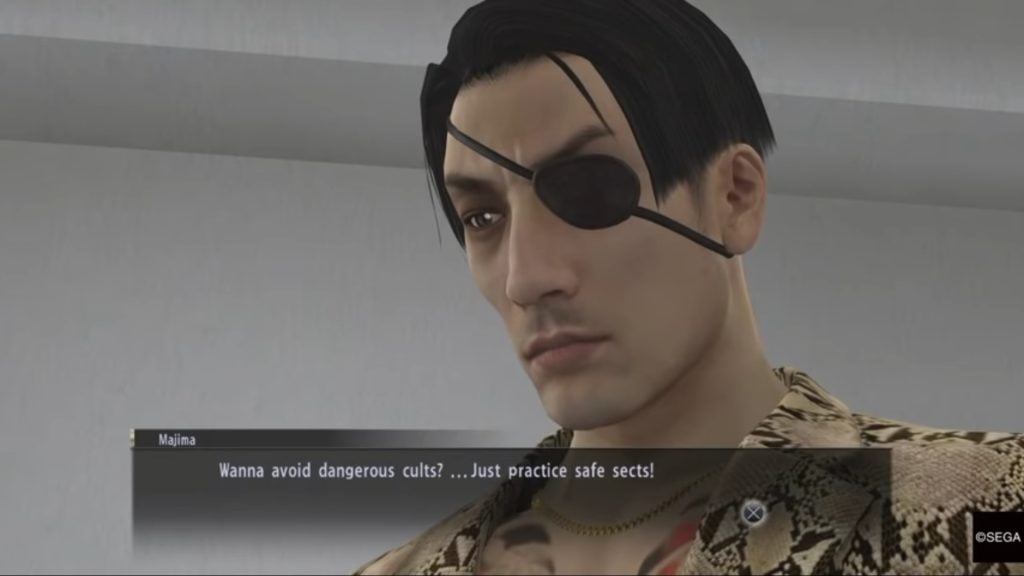
I owe a lot to the Pokemon franchise, of course. Now that it’s all behind me, I realize how darn privileged I was to work on something so…so momentous from the international inception and all because of a fluke encounter with fate itself (it sure didn’t help with impostor syndrome). I’m flabbergasted by so many people telling me they learned to read playing Red and Blue, and not just native English speakers either.
I especially love the Pokemon Mystery Dungeon games (gen 1 and 2). Those games were incredibly challenging because most of the text was cobbled together from separate phrases that had to come together seamlessly. It also featured links galore. But, I love Mystery Dungeons—I made it my mission to bring over PS Torneko the Last Hope and I wasn’t about to screw up the Pokemon iterations.
Their wonderful isekai stories were so much fun to translate, too. Even though they had tough tear-jerker scenes. It’s heartening to see they’ve earned a place in the hearts of fans.
How have the localization processes, tools, and communication evolved over the past 25 years? What are some of the most significant changes?
For me, switching from Macs to PC. Way cheaper.
At first, I was just given raw text files, told the text limits (only after whining and begging), and typed text into Word using a same-width font and margins set to the text limits with me entering carriage returns as necessary. At least 24/96 modems and email were in use by then. (Though I was still getting a lot of text in faxes.)
Eventually, companies started providing Excel files, which necessitated switching to PCs.
Gradually, they started providing text counters and other primitive tools. I only worked with dedicated text editor software with what were fancy bells and whistles in 2010.
It was only during my last few projects that I got to use translation software like MemoQ. Never did use Trados, though that was around when I was working on PS games.
What does an average workday look like to you?
I’m largely out of games now, so I don’t have to deal with massive amounts of text and/or unreasonable deadlines.
But when working on games, I’d typically start at 0900 and go to 2200 with meal breaks and maybe a dog walk for as many days as it took to finish. I’d usually never take days off, either. I don’t sleep well when there’s a project on anyway—it was better I just worked. I’ve done up to three months of this hermit-machine existence on multiple projects. So, like, crunch? Whassat? ‘s it tasty? No, it isn’t healthy and it’s not a lifestyle I recommend.
What was the most memorable moment of your career?
Going around to game shops immediately after Pokemon Gen 1’s release and marveling at them on the shelves. And then seeing them completely GONE not two weeks after.

If you didn’t become a translator, what kind of career would you have pursued?
Given my brazenness and gift of bullshit, probably advertising and eventually politics. Good thing it never happened.
Do you have any advice for newcomers who want to establish their translation business?
I wish I knew! Be confident, be presentable, assemble a decent portfolio of samples, and knock on a lot of doors. Be courteous, professional, and don’t be scared about selling yourself—no one’s about to hire someone that’s unsure of themselves. Fake it till you make it.
Also, competition is fierce and pay keeps on edging down. Be prepared to advocate for yourself—expecting employers to pay you more out of the goodness of their hearts is a non-starter.
Read. A lot. In both the source and destination languages. You want your translated words to sound natural. Read it out loud. Does it sound like the person that’s supposed to be speaking those lines?
One last thing—I pretty much grew up bilingual. I never studied linguistics. (That’s why I often feel like a fraud alongside fellow translators who actually toiled to learn and polish their trade—I have nothing but admiration for their passion and dedication.) I just fell into gaming out of dumb luck. That’s how things go sometimes. Best of luck. Y’all have my admiration and respect for helping bridge cultures.
How can we get in touch with you?
I do a lot of stomping around on Twitter: Nob Ogasawara @DougDinsdale. I respond to DMs relatively quickly.
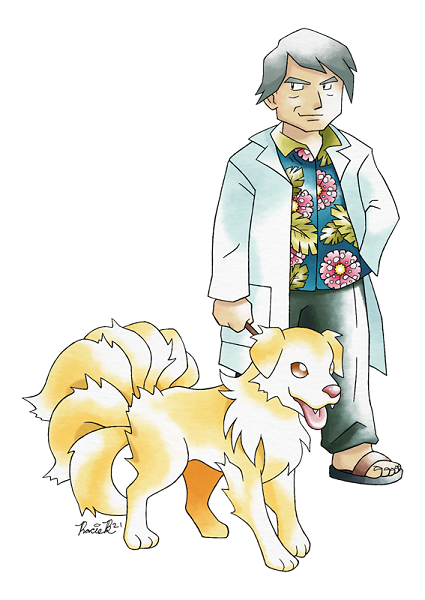
Author’s note: You can also find many of Nob’s interviews on the YouTube channel Did You Know Gaming:
Check out other editions of Between The Lines:
- Between The Lines #1: Natalia Nesterova
- Between The Lines #2: Lisa Schuchardt
- Between The Lines #3: Carlos Gómez
- Between The Lines #4: Loek van Kooten
This series was inspired by the Interviews with Localizers series by Jennifer O’Donnell.

